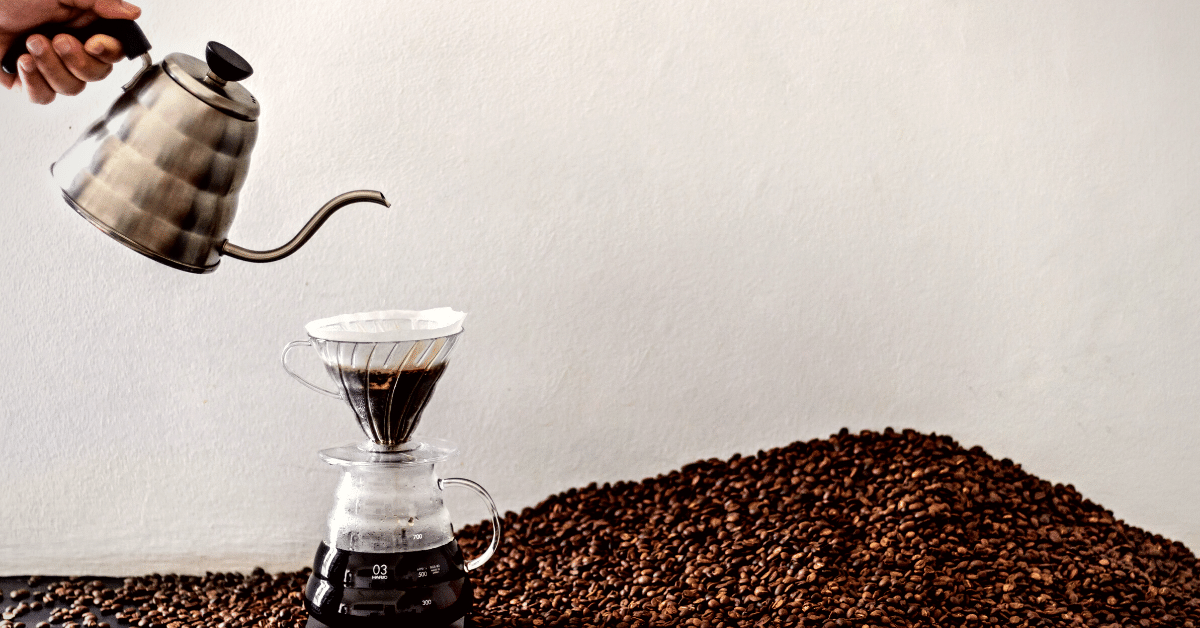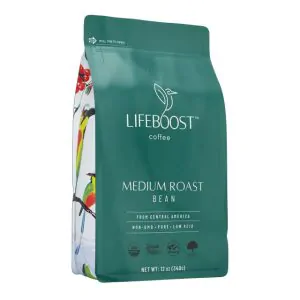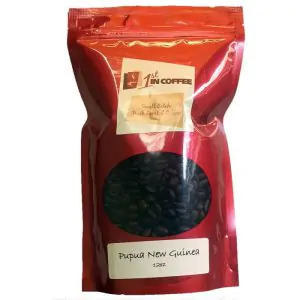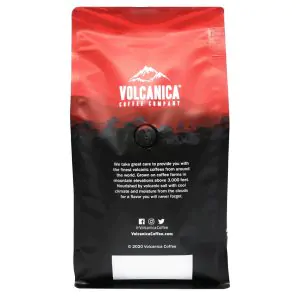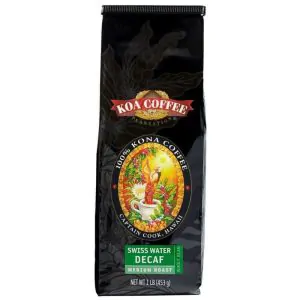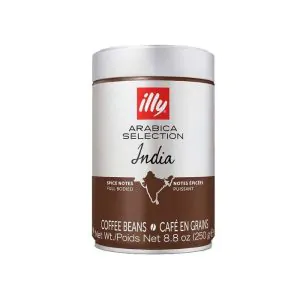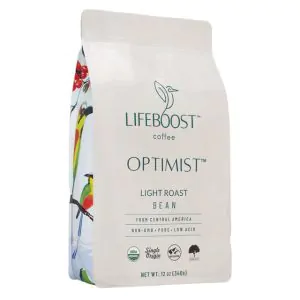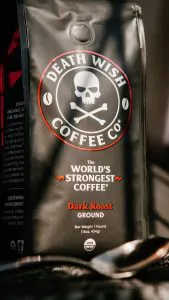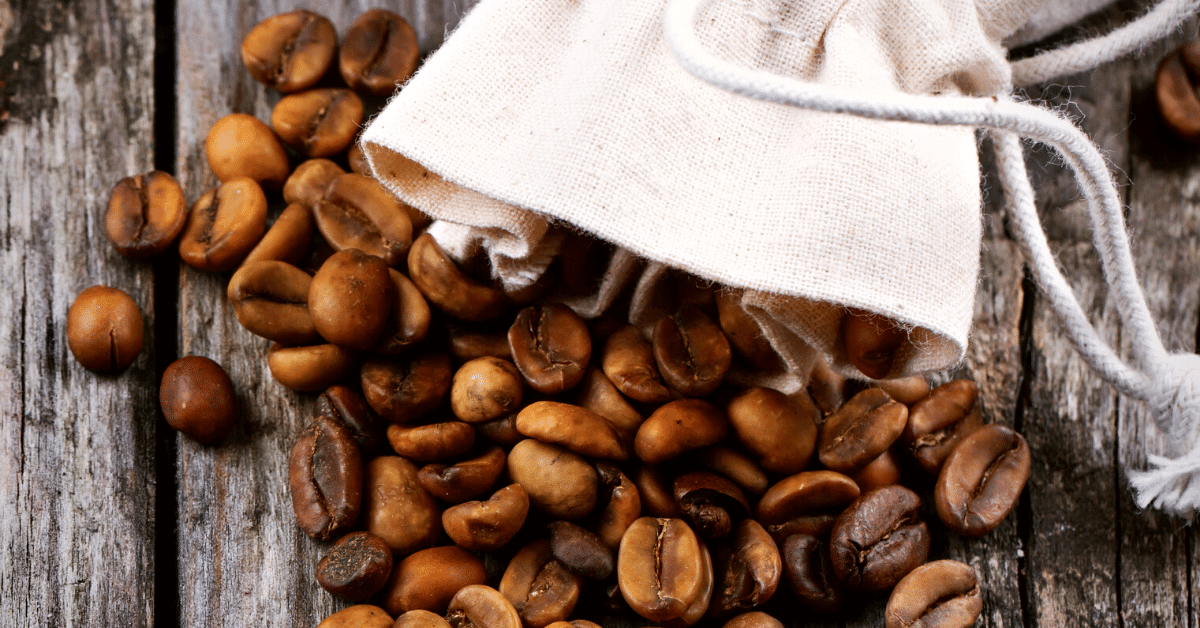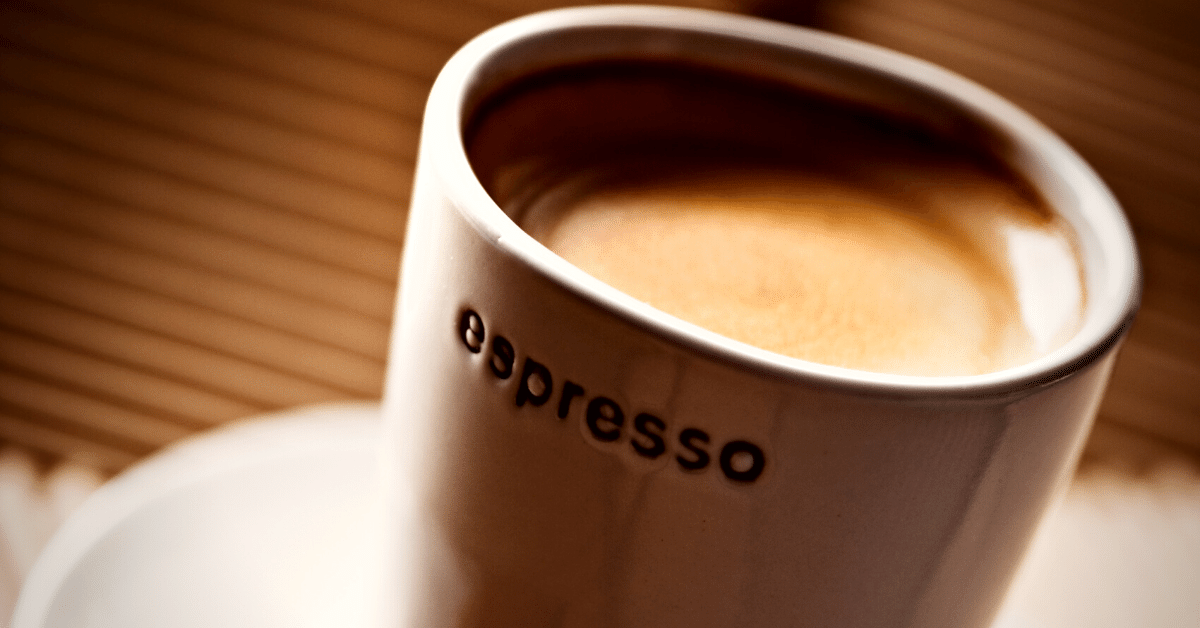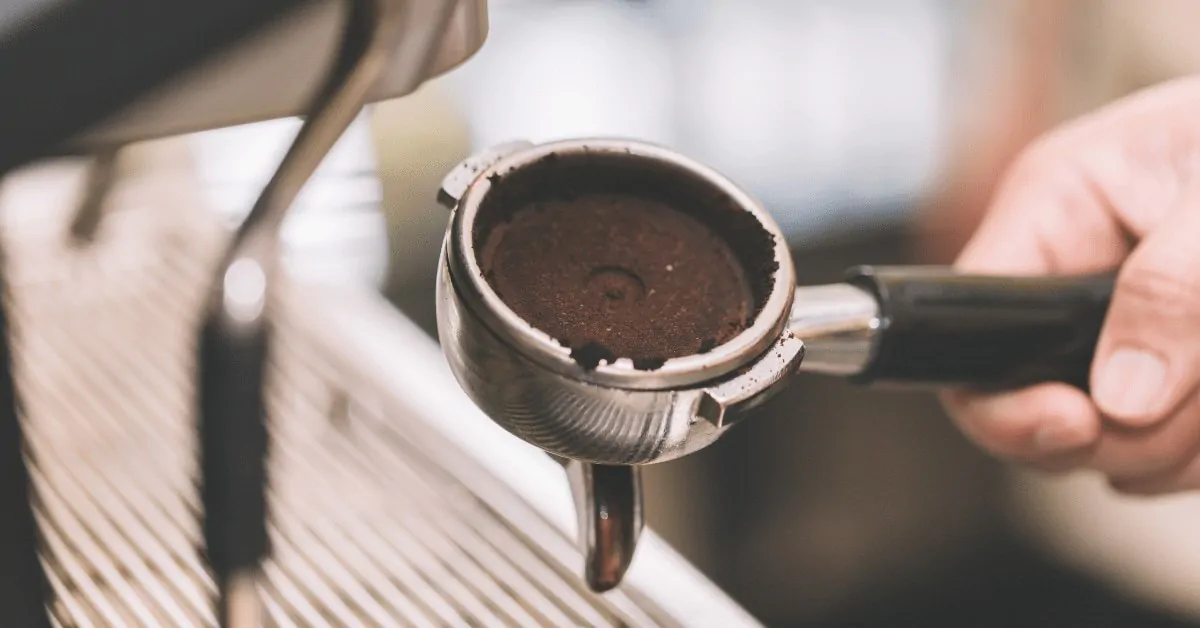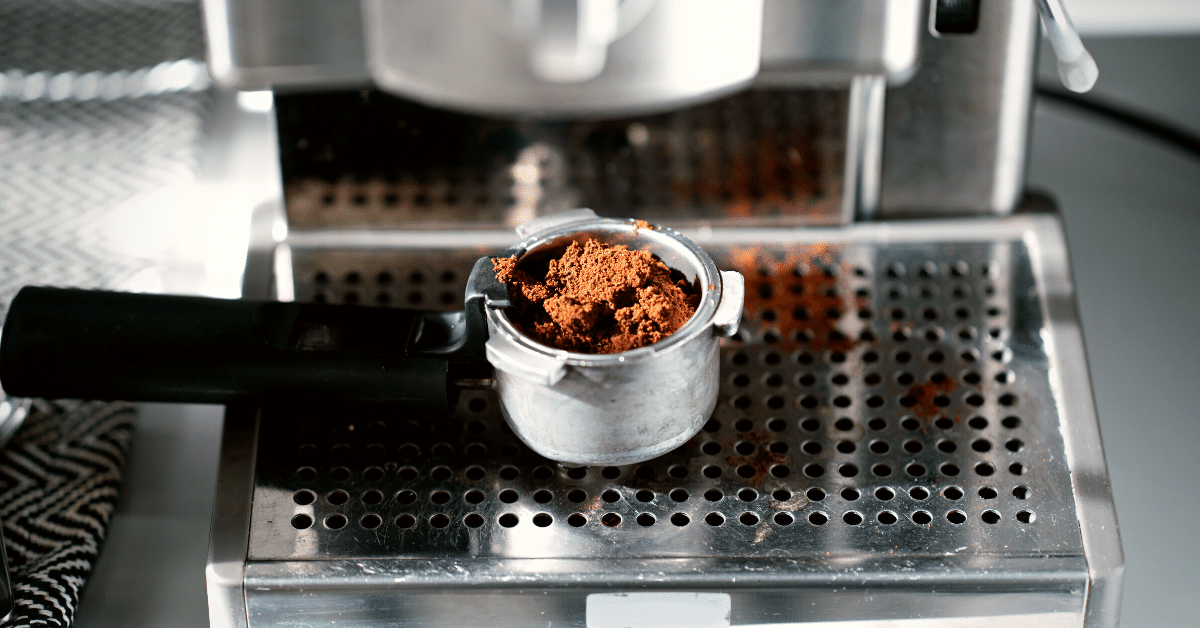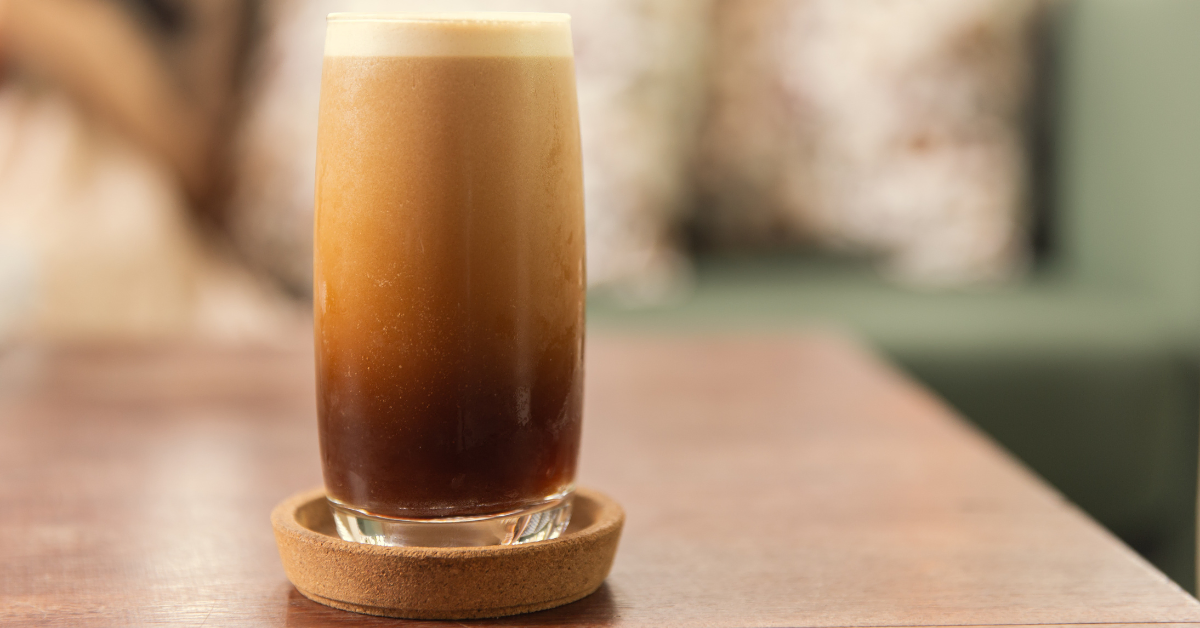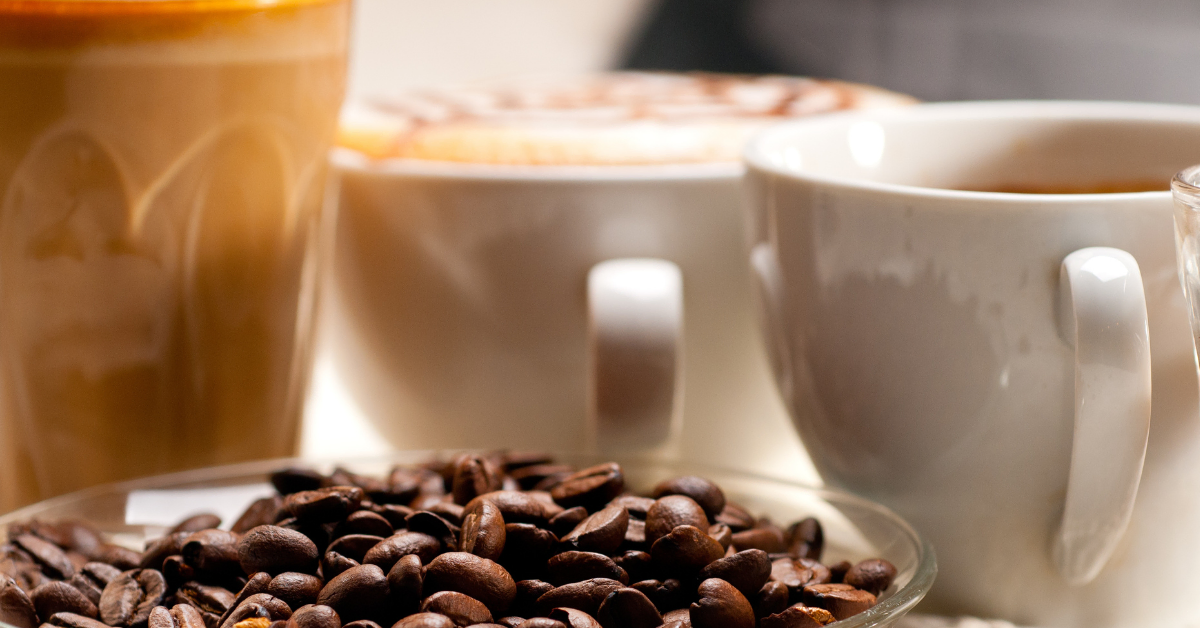In a hurry? My choice of the best coffee for pour over is Volcanica Ethiopia Natural Coffee.
With so many coffees out there, it can be hard to pick out the best coffee for pour over.
But there are a few stand-out coffees I would highly recommend you try, regardless of your experience or tastes.
In this article, I’ll break down my favorite pour over coffees.
And I’ll even include a quick guide on what to look for when you’re buying coffee for brewing at home.
Let’s get straight to it!
Best Coffee For Pour-Over: Top 9 Picks
- Volcanica Ethiopia Natural Coffee (Best Overall)
- Lifeboost Medium Roast Coffee (Best Medium Roast)
- Papua New Guinea Namugo Dark Roast (Best Dark Roast)
- Volcanica Guatemala Antigua Coffee (Best Guatemalan Coffee)
- KOA Coffee Kona Swiss Water Process Decaf Coffee (Best Decaf Coffee)
- Hawaii Coffee Co Private Reserve Medium Roast Kona Coffee (Best for a Special Occasion)
- Illy Arabica Selection India Whole Bean (Most Unique Cup)
- Lifeboost Optimist Light Roast Coffee (Best Blend)
- Death Wish Coffee Dark Roast Grounds (Most Caffeine)
Volcanica Ethiopia Natural Coffee
This is at the top of my list for two reasons: first, I love Ethiopian coffee. It’s my favorite and always has been.
Second, it’s a naturally processed coffee. Also my favorite.
Natural coffee is where the coffee beans are dried while still in the cherry. Think of it like marinating chicken for a few hours before cooking it.
It makes your brew a little more rounded and interesting. It also means it’s bolder and fuller-bodied.
You get notes of blueberry, jasmine, and sugarcane. Basically, it’s a flavor bomb in your mug.
Plus, it’s from a single farm, which means you get all the benefits of tasting the flavors that are super specific to that farm.
And it’s a light roast, so it keeps more of its flavors throughout the brewing process.
The only downside is that it’s a standard roasting profile. That means the roaster didn’t tailor the roast to this specific coffee. So, you lose just a little bit of the farm-specific flavor.
Pros
- The natural process keeps many unique flavors in Ethiopian coffees, so it’s a more forgiving pour-over
- Notes of blueberry, jasmine, and sugarcane make this a rounded and flavor-bomb of a coffee
- It’s from a single farm, so you get a very unique and dialed taste for your pour-over
- The light roast keeps its quality and doesn’t let any roasted notes into your coffee
Cons
- It’s a standard light roast profile, so you lose some of the exact flavors from the soil and elevation
Lifeboost Medium Roast Coffee
Sometimes medium roast coffees come along and change the way I think about pour-over coffees.
This is one of those medium roasts.
I usually think medium roasts don’t make the best pour-overs, but this is an exception. It’s a nice blend of Central American coffees, so it has a nice smoothness and rounded body.
That smoothness means it actually pairs well with cream and sugar. The notes of chocolate make it a great morning sipper.
And it’s 100% Arabica beans, which means it is of higher quality and taste than a Robusta bean blend.
The medium roast itself makes it a pretty forgiving pour-over. That means even if you are a beginner, you’ll still get a truly delicious cup of coffee.
The only thing to note is that this coffee is a blend. Blended coffees mean you lose some of the country-specific flavors. That isn’t necessarily a bad thing, especially if you’re looking for a smooth and rounded daily drinker.
Pros
- The medium roast makes this a really forgiving pour-over coffee, so you don’t have to be super precise every time
- It’s 100% Arabica coffee, which is of higher quality and taste than an Arabica/Robusta blend
- The Central American blend gives this coffee a smooth and chocolatey taste, which is great for adding cream or sugar
- It’s certified Fair Trade and Organic, so you can be sure the processing and roasting are high-quality
Cons
- You do lose some unique flavors because this coffee is a blend
Papua New Guinea Namugo Dark Roast
Papua New Guinea has a perfect rainforest climate for growing delicious coffee. Namugo is actually a local dialect for the rainforest.
And this Namugo Dark Roast is one such delicious Papua New Guinean coffee.
I don’t normally recommend dark roast coffees for pour-over, but this one actually works great in most pour-over settings.
Why is that? Because coffees from Papua New Guinea have nice notes of tangy lemon and toffee, which come through even in darker roasts.
That makes this a great single-origin dark roast for pour-over enthusiasts.
Plus, the dark roast makes this a forgivable coffee. That means you don’t have to be super dialed in when brewing to get great results.
Lastly, it’s a high-elevation coffee. A higher elevation typically means higher quality and better taste.
The only bad thing about this coffee is that darker roasts do take away from the farm-specific flavors. But if you’re more concerned with country-specific characteristics, it’s still a good choice.
Pros
- It’s a single-origin coffee, so this coffee has flavors and profiles unique to Papua New Guinea
- The dark roast is smooth with notes of lemon and toffee, making this a forgivable and consistent pour-over coffee
- This is a high-elevation 100% Arabica coffee, so it’s of higher quality and has better flavors than lower elevation or Robusta coffees
Cons
- You do lose a lot of the unique farm flavors in the dark roast
Volcanica Guatemala Antigua Coffee
Guatemalan is hard to beat for me in the pour-over conversation.
Especially when it’s a single-origin-washed Guatemalan.
Washed coffees are coffee beans that are separated from the cherries before they are dried. Think of it like taking a tea bag out after 3 minutes instead of letting it sit.
You’re left with crisp and clear flavors.
Antigua is a world-famous coffee region in Guatemala. A number of incredible coffees come from here every year. And this is one of them.
This coffee has notes of honey, apple, and floral brown sugar. That’s pretty classic Guatemala.
Those flavors make for a great pour-over no matter which brewing method you choose.
The washed process keeps those flavors crisp. And it gives you room to play around with the classic Guatemalan body.
The only downside is that this is a medium roast coffee. That takes away slightly from the farm-specific flavors you might get from a lighter roast.
Pros
- This coffee is rich, full-bodied, and has an intense aroma, which makes it a great beginner’s pour-over
- The flavors of honey, apple, and floral brown sugar make this a great morning coffee that’s easy to brew and drinks well with or without cream and sugar
- The washed process makes the flavors crisp and clear, you won’t find a muddled profile in any cup your brew
- It’s a single-origin coffee, so you get the chocolatey and full-bodied characteristics of Guatemalan coffee
Cons
- The medium roast mellows out some of the farm-specific flavors
KOA Coffee Kona Swiss Water Process Decaf Coffee
Great decaf coffees are hard to come by. That’s because many decaf coffees use a chemical decaffeination process.
But there’s another way.
The Swiss Water method uses only water and no chemicals to decaffeinate your coffee beans.
It keeps a lot of the same flavors and profiles as regular coffee, and it doesn’t give your cup a chemical aftertaste.
This Kona coffee is a Swiss Water decaf.
And it’s a Kona coffee from Hawaii. Kona coffees are among the best in the world. They are always single-origin, so you get the benefit of specific flavors and unique characteristics in your cup.
The medium roast makes this decaf actually shine in a pour-over setting. It doesn’t mask the Kona characteristics by roasting too dark.
It is on the more expensive side, so it might be best to save this for a special occasion or as a special treat.
Pros
- The Swiss Water Process doesn’t use chemicals, so you still get the classic Kona coffee flavor profiles
- Kona Coffee is some of the best in the world, so you can be sure you’ll get quality coffee with each bag you buy
- Kona coffee is always single-origin, so you get the Hawaiian characteristics with every cup you brew
- The medium roast makes this a great pour-over, it doesn’t mask the flavors of Kona coffee by roasting too dark
Cons
- It’s on the expensive side, so maybe best for a special occasion or as a personal treat
Hawaii Coffee Co Private Reserve Medium Roast Kona Coffee
Kona coffee carries a lot of weight in the world of coffee. In a good way, mind you.
It’s consistently some of the best coffee produced each year. And getting your hands on some can sometimes be tricky.
This is a great Kona coffee from Hawaii Coffee Co. As with any Kona coffee, it’s always single-origin, meaning you get the benefit of the country- and farm-specific flavor profiles.
Plus, no matter which pour-over method or recipe you choose, you’ll always get great results. It’s still a forgivable brew even though it’s an amazing single-origin coffee.
On top of all of that, it’s a full-bodied cup, which means that it pairs well with cream and sugar. (Though I would recommend at least trying it without cream or sugar to get the Kona experience!)
The only downside is that it’s somewhat expensive, so saving this to share with someone special is a great idea.
Pros
- This private reserve Kona is from one of the best estates in Hawaii, meaning you’re getting the best of the best
- It’s always single-origin, so you’ll get farm-specific flavors and profiles from bag to bag
- Kona coffee is some of the best in the world, which means you’ll get phenomenal brews no matter your pour-over method or recipe
- It’s a full-bodied coffee, so it actually pairs well with a little cream and sugar
Cons
- It’s on the expensive side, so best saved for special occasions
Illy Arabica Selection India Whole Bean
India isn’t necessarily known as a specialty coffee-producing country. But that’s slowly changing.
This coffee is a really interesting and unique pour-over. You get a chance to experiment with some flavors you probably haven’t gotten a chance to experience at home before.
This is a lower-elevation coffee, so it has more earthy and nutty notes. But it’s still 100% Arabica beans, which means you get higher quality and tastier coffees than Robusta beans.
The Arabica beans mean this coffee is super smooth and drinkable. And the nutty tasting notes mean it pairs really nicely with cream and sugar.
The notes of cocoa and toast make it a good morning coffee. But a sweet aftertaste lets you bring it out when you brew.
That said, it’s not the best beginner coffee because it’s a little subtle when brewing. But if you like a challenge, then this is a good option.
Indian coffee isn’t quite up to the standard of other countries, so consistency from batch to batch can be an issue.
Pros
- Indian coffee is a unique and interesting pour-over, so you get to experiment with flavors you probably haven’t tried before
- Notes of cocoa and toast make this a great morning coffee for adding cream and sugar
- It’s a really smooth coffee, which makes it drinkable
- It’s 100% Arabica coffee, which means it is of higher quality and taste than Robusta beans
Cons
- Indian coffee isn’t the best in the world, so consistency is an issue from batch to batch
Lifeboost Optimist Light Roast Coffee
Lifeboost is a respected roaster that produces consistent and quality coffees.
This is a great example of a classic Lifeboost coffee. It’s a blend of Central American coffees in a light roast.
I prefer light roast coffees for my pour-overs. They tend to keep a lot of interesting and unique flavors throughout the brewing process.
You also get to play around more with your brewing to bring out different flavors. But even if you’re a beginner, you can get really fun cups!
Central American coffees are known for their citrus and smooth flavors. This Lifeboost coffee checks those boxes. It has a rounded profile and smooth finish, which means it works great for a daily drinker.
Plus, it’s certified Fair Trade and Organic, so the growing, roasting, and packaging processes are all high-quality and held to a good standard.
The only thing to note is that blended coffees do sacrifice some region-specific flavors in favor of a smoother and more consistent brew.
Pros
- The light roast makes this a great pour-over coffee, you get to play around with interesting flavor profiles
- The Central American coffees mean you get the classic smoothness and rounded flavor of the region
- It’s certified Fair Trade and Organic, so you can be sure the growing, roasting, and packaging processes are all high-quality
- Lifeboost is a well-respected roaster, so you’ll get consistent results from bag to bag
Cons
- Because it’s a blend, you lose some of the unique flavors specific to the countries and farms
Death Wish Coffee Dark Roast Grounds
Death Wish Coffee is a pretty well-known roaster that makes some of the strongest coffee grounds available.
This one is no different.
What makes it so strong? It’s a blend of Arabica and Robusta beans. Robusta beans have more caffeine than Arabica beans, so this coffee is a great way to give yourself an extra boost in the mornings.
They use small batch roasting for consistent brewing from bag to bag. It also means this coffee is generally less acidic than other coffees.
Even though it’s a blend of beans, it still has notes of stone fruit and caramel. So it’s a great choice for adding cream and sugar.
It’s certified Fair Trade and Organic, so the growing, sourcing, and packaging processes are all standard and high-quality.
The only downside is that the Arabica/Robusta blend takes away a lot of the unique and interesting flavors.
Pros
- It has a ton of caffeine, so it’s a great coffee for when you need an extra boost to get you started
- This coffee is small batch roasted, so you’ll get consistent results from bag to bag and lower acidity than other coffees
- It is certified Fair Trade and Organic, so the growing, roasting, and packaging processes are high-quality and reliable
- Tasting notes of stone fruit and caramel make this a great cream and sugar coffee
Cons
- Because of the Arabica/Robusta blend, it doesn’t have many interesting or unique flavors
What To Look For In a Pour-Over Coffee
Coffee is always up to personal taste.
And that’s never more obvious than when talking about pour-over coffees.
With so many flavors and origins, I can’t tell you that one coffee is better than another. You have to find out for yourself.
But that’s the beauty of it!
What I can do, though, is give you advice on what to look for generally.
In this section, I break down a few of the things I consider when buying coffee for pour-over.
What flavor profile is the best?

The flavor profile is maybe the biggest variable you have to decide on when buying coffee for pour-over.
Keep in mind that every country and region has its own flavor profile. Even down the specific farms within one region.
For example, South America is known for citrusy flavors while Africa is known for brighter flavors like pink lemonade. The Pacific regions are known for earthier and nuttier flavors.
In general, there are four flavors that we consider desirable in coffee: cocoa, sweet, floral, and fruity.
Within those are many sub-flavors, but those are the biggest groups that you should start looking for.
It’s best to find out which one of those four you prefer and start talking to your local barista for suggestions and brewing methods for your pour-over. I guarantee they would love to talk coffee with you!
BOTTOM LINE
Pick out a flavor that you really like and ask your barista for recommendations. I guarantee they would love to help you out.
What roast should you look for?
This might be controversial, but I believe there is one correct answer for brewing pour-over coffees: light roast.
But the bottom line is that roast matters.
Light roast coffees keep more of their flavor profile throughout brewing than medium or dark roast coffees.
That’s especially true when dealing with single-origin coffees.
The hotter coffee beans get when roasting, the more flavor and unique profile they lose. That’s why many dark roast coffees tend to taste similar.
But that’s also why many specialty coffee roasters never roaster darker than medium.
So, when thinking about pour-over coffees, you should absolutely think about buying light or medium roast coffees.
That said, if you’re looking for a pour-over for adding cream and sugar, a nice and smooth dark roast isn’t necessarily a bad thing.
BOTTOM LINE
Each roast has its place in the coffee world. But for pour-overs, a light roast is king.
Why does origin matter?
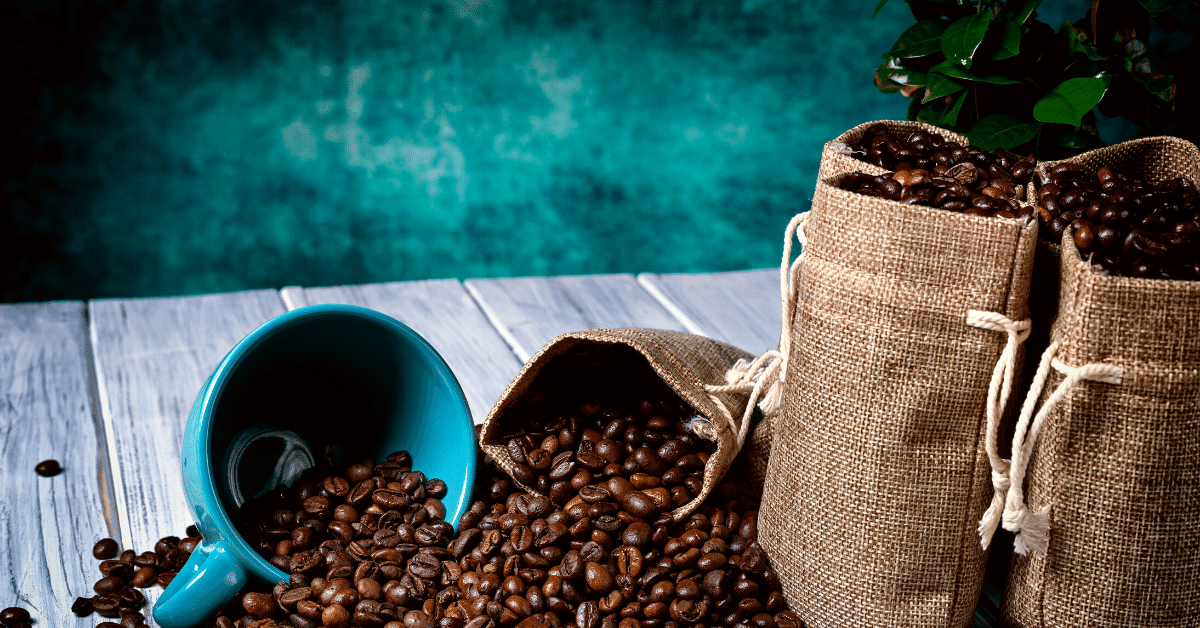
Origin is another big thing to consider when brewing coffee as a pour-over.
As I mentioned in the flavor profile section, each country and region has its own profiles and flavors. Finding one or two countries that you really enjoy is a good start for getting into coffee flavors from around the world.
But there’s a bigger picture here: look for the single-origin coffees!
Single-origin coffees have crisper and clearer flavors than blended coffees. They tend to have more interesting flavors and are more unique. Especially when they are brewed as a pour-over.
Pour-over coffees let you take more control of each cup’s flavor, so buying single-origin is a great way to experiment with different flavors.
IN A NUTSHELL
Single-origin coffees are the best way to start tasting specific flavors and profiles in your cup.
What grind size should you use?
I cannot stress enough the benefit of getting a decent entry-level grinder instead of using pre ground coffee.
Grinding your own beans is the single easiest way to step up your home brewing game.
I’m serious. The first thing I always mention when people ask me how to brew better cups at home is the grinder.
For pour-overs, the coffee bean grind size matters so much that I almost hesitate to tell someone to brew pour-overs if they don’t have a grinder.
Seriously. The grind size is the biggest factor in brewing a great cup of coffee or a terrible one.
Your pour-over brewer and coffee choice both determine what grind size you should pick.
From the Hario V60 coffee brewer to an automatic pour-over coffee maker, each requires a different grind size for a perfect cup.
Here are some of the most common pour-over methods and their recommended coffee grind sizes:
| Hario V60 | medium-fine grind |
| Clever Dripper | medium-coarse grind |
| Melitta Pour-Over | medium to medium-fine grind |
| Chemex | medium-coarse grind |
| Automatic Pour Over Coffee Maker (flat-bottomed filter) | medium-coarse grind |
| Automatic Pour Over Coffee Maker (cone-shaped filter) | medium-fine ground |
BOTTOM LINE
Get yourself a grinder if you don’t already have one. And play around with the grind size whenever you buy a new coffee. Grind size matters the most when brewing pour-overs!
My Final Verdict
I have to stick with Volcanica Ethiopia Natural Coffee as my top choice of the best coffee bean for pour over coffee brewing.
This light roast coffee keeps its flavors throughout the brewing and into your mug.
The notes of blueberry, jasmine, and sugarcane make this a flavor-bomb coffee that makes a great daily brewer.
Plus, it’s a single-origin coffee from a single farm, so you get really specific and dialed-in notes.
It’s just a really great coffee for pour-overs, and I can’t recommend it enough.

